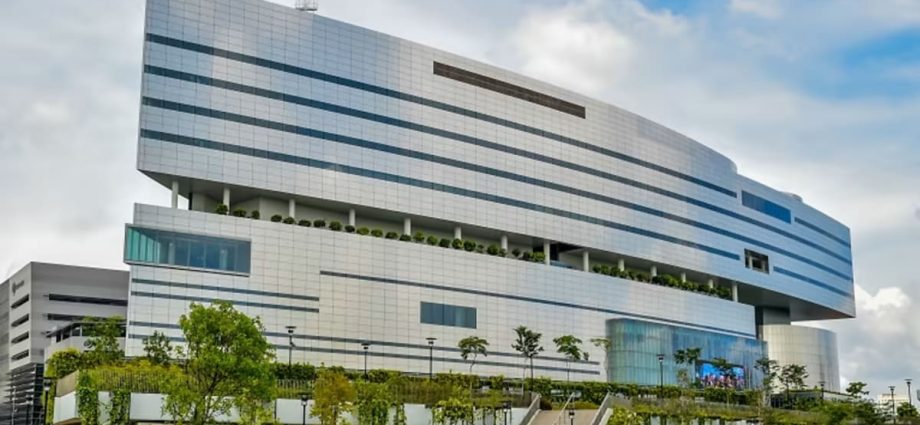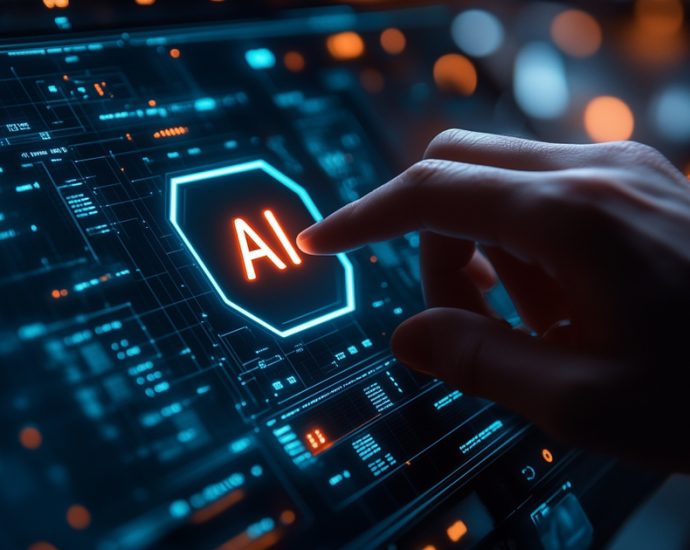CNA among top 10 brands in Singapore: YouGov report
While dominant companies like Apple and TikTok were among the most-improved models in Singapore, they were never listed among Singapore’s top 10 companies. According to YouGov, these companies did not make the top 10 because “presence does not always equate to experience or powerful brand health.” ” Companies areContinue Reading












